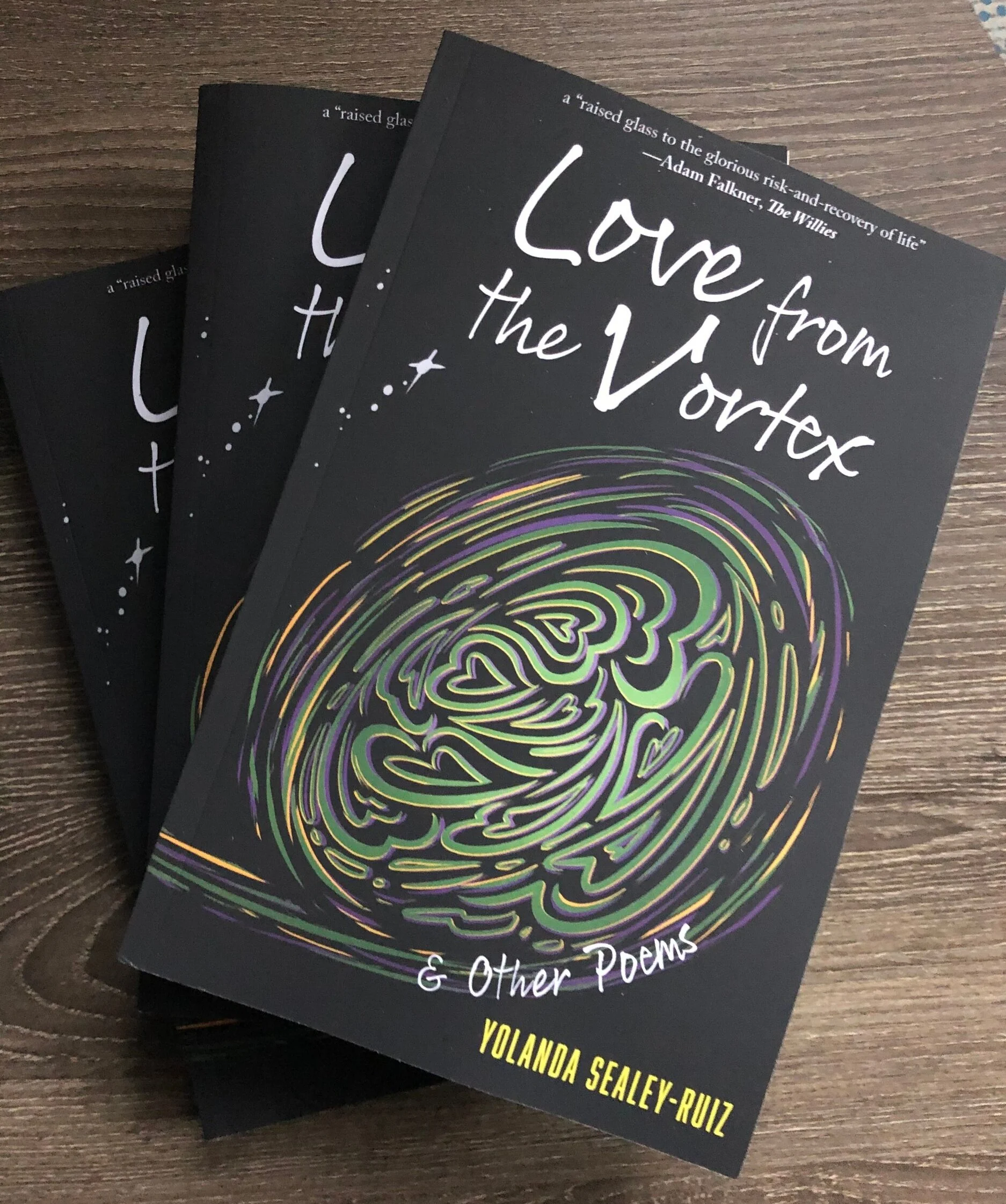I think it’s fair to say that this has been a year unlike any other, and as a mentor once taught me, it is important to critically reflect on where we have been so we know who we are and where we are going. Or, as the magnificent scholar (and my dear friend) Dr. Yolanda Sealey-Ruiz might put it, to build an “archaeology of self.” My birthday always provides an opportunity to do that, but in a year like this, it is hard to know where to start and how this year even fits into the story of my life.
I always think of a person’s past as a patchwork: foggy images that spark more questions than answers, complex feelings—both real and semi-imagined—of joy, excitement, sadness, and pain that become flattened by the weight of time, and fragmented stories that we reconstruct to fit a larger preferred narrative of ourselves. It all can be a bit confusing. And, as we get older, experience life in different ways, and go through trauma—individually or collectively—it all gets even messier. Beautiful memories, hopefully, abound within this patchwork too, and I have been fortunate to have far more of the latter than the former, even within this turbulent year. In this way, our memories—and who we are—seem to be like building blocks, each stacking on top of the other to construct our sense of self.
But what if we conceptualize our prior experiences in a different way? What if there is an even better analogy? What if, instead of looking at our life as building blocks, our memories—our past—are like those little paper chain links that we used to make as children, with all different colors, designs, sizes, and shapes. I hazily remember in pre-school how each of us would cut, fold, “design,” and glue these various loops together. My “loop” in green construction paper would probably be big and hastily glued together, another child’s purple construction paper “loop” might be smaller in curl; my “design” might have crayon drawings, another child’s might have little gold stickers. This simple activity was rudimentary, primitive even, but somehow so pure. A class chain beautifully represented all the children in that shared community, each child’s innocence and unique gifts captured in the individual construction of each loop. But they also, collectively, represented the whole class, each one essential to forming a full portrait of who made up this one-of-a-kind group. No class chain would ever be alike.
Reflecting on this difficult year makes me think about these seemingly silly pre-school paper loops as a powerful microscope into my own essence—and how this year, and every year, makes us who we are in collaboration with those around us. What if each year is a loop? What if my loop connected to others? What would my loop for this year look like? Those are good questions! To be sure, my loop would be scribbled with experiences that are too numerous to name: immensely joyful moments shared with my wife in quarantine combined with our own individual challenges with remote work, wonderfully rewarding moments with my students but also the severe exhaustion of a year (and more) of virtual teaching, and constant moments of sadness for the unthinkable and incomprehensible loss of life and sickness throughout the world that the pandemic has caused. (I like to think that this year has helped me further appreciate the fragility of life.) This year has also, unfortunately, again proven the injustice and ignorance of too many in this world; the endemic winds of hatred and bigotry continuing to swirl. If this year was the first pandemic in over a century, then this year was also sadly just “another” year of the long-running epidemic of racial injustice—which I wrote about in a long, sweeping blog last birthday—as well as the most horrific, treasonous attack on American democracy (and an inclusive vision of democracy) since the Civil War. I could write endlessly by detailing the human rights abuses at home and abroad this year that should remain at the forefront of our conscience. I could also write endlessly by highlighting the countless examples of goodness and light in our communities and our world—including what I witness daily from my remarkable students who constantly emit so much hope and promise. There is no shortage of notable events, big and small, local and national, in which to reflect and analyze the year itself. (I am grateful for the many researchers and journalists who do just that.)
But our loops are, ultimately, about us. The events surrounding us influence how we might design our loops—and, in a momentous year like this, what size those loops might be—but the happenings of this turbulent year do little to explain our individual growth or define our overall spirit. Because when a child designs his or her loop as part of the class, that child has little knowledge of how that loop will influence the whole chain. Will it stand out? Will it accidentally create a colored pattern? Will it match or clash with its neighboring link? Will it become the anchor that hangs in the corner of the classroom? These questions will remain unanswered until that chain link is completed. That is how I think about my past year, and my life, on another birthday. I am not quite sure how my most recently completed link will fit with the rest of my links—my previous ones and my future ones—but I know that I must create it.
In trying times, it can seem natural to erase a year, to forget, to try and bury it unseen. Despite these inclinations, I am not sure that we can—even if we want to. Each link is part of our own chain link of life: our DNA, our past, our story. This year may not (or may!) have been a landmark year, but it is a year—like every year—that changed us in some way, somehow, for better or for worse. It’s another link in life. And, if you cut one link, the rest of your chain collapses—and perhaps the chain of your loved ones, too. That’s the thing about links: they attach to others, and we are all nothing if we are not connected to those around us, literally and spiritually, both near and far.
In a less busy time—in a time when I was not swamped with teaching and grading and managing a fourth straight virtual term in the final week of my semester!—I might be able to provide a bit more reflective insight on the larger meaning of my past year, and this particular loop of life. But, for now, I know of its presence, another attachment, another link, another part of my ongoing story, another fragment of my life, paradoxically inconsequential and absolutely essential. And, one day I’ll be able to look back with the benefit of hindsight and see how this particular loop influenced my whole chain. I hope that, despite the trials of this year, that this loop will still be filled with dreams, with love, and above all, with great kindness.
So, as I will try to do on this particular birthday, I would encourage you to think about what would be on your “loop” of this past year. And, you don’t have to try and find meaning right now. Perhaps it is too unwieldy to do so; perhaps the scars of this year have not yet healed. Life is too fluid, too inexact, too complex to fully understand the significance of any one moment on the course of your life at the time of impact. But, hopefully, you can add this year’s loop to your chain of life like I intend to do, and one day you will also be able to look back and see how the particular link from this perplexing year influenced who you are and who you might still become.
I am not sure what my 2020-2021 link means quite yet, but I know that it is there, holding the rest of my years—and those around me like my wife, my family, and my students—forever all together.







